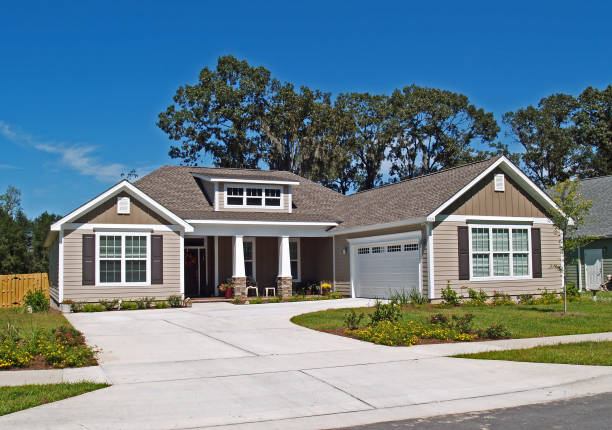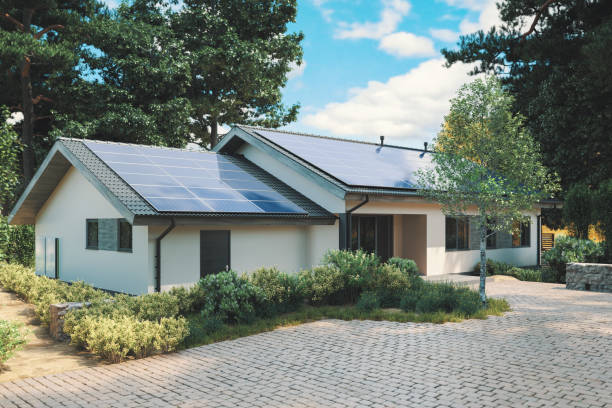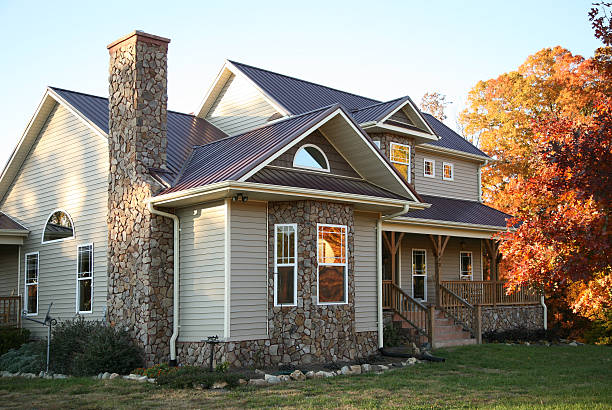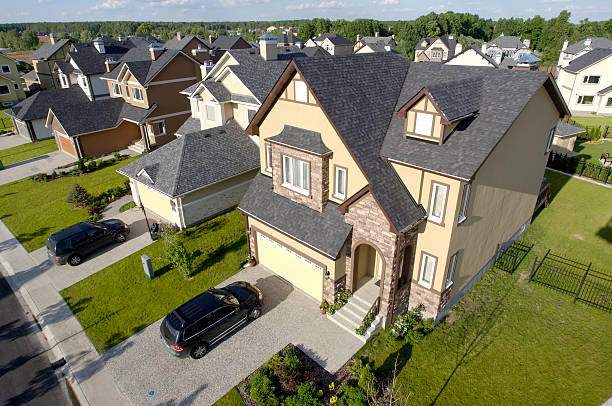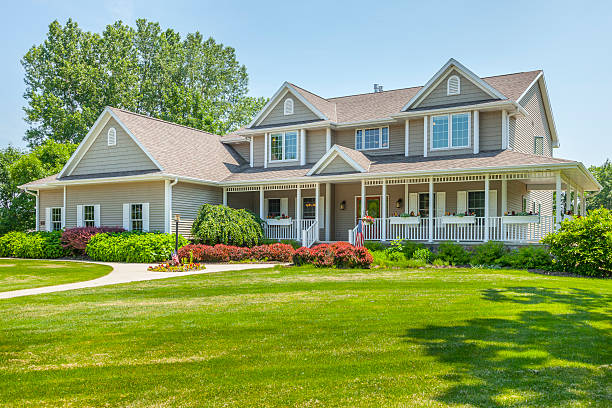Should You Repair or Replace Your Roof? A Homeowner’s Guide
Your roof is one of the most important components of your home, protecting you from the elements and ensuring your comfort and safety. Over time, however, roofs can wear out due to age, weather, or damage. As a homeowner, you might find yourself wondering whether it’s better to repair your roof or replace it entirely. Deciding whether to repair or replace your roof depends on various factors, and it’s important to weigh the pros and cons of each option.
In this guide, we’ll explore the signs that indicate whether a roof repair or replacement is the best option, as well as how to make an informed decision.
Signs It’s Time for a Roof Repair
Roof repairs are often a more affordable and less disruptive option compared to a full roof replacement. If you notice any of the following signs, it may be an indication that your roof simply needs repairs rather than a complete replacement:
Minor Leaks
If you have small leaks or localized water stains on your ceiling or walls, chances are that a repair can address the issue. Leaks can occur due to damaged shingles, flashing, or seals around vents and chimneys. A roof repair will be sufficient if the problem is isolated and doesn’t indicate widespread damage.
Missing or Damaged Shingles
It’s normal for a few shingles to become damaged or blow off after a storm. If only a small section of your roof is affected, replacing those individual shingles can restore the roof’s integrity without requiring a full replacement. In this case, a repair is typically all that’s needed.
Cracked or Curling Shingles
Shingles can crack or curl over time due to age or weather conditions, but this doesn’t always mean the entire roof needs to be replaced. If the damage is limited to a small portion of the roof, repairing those shingles is often an effective solution.
Mild Granule Loss
If you notice a few granules from your asphalt shingles in your gutters, this is usually a normal sign of wear. However, if the granule loss is minor and isolated, it’s likely that a repair will suffice. Extensive granule loss, though, might indicate that the shingles have reached the end of their lifespan.
Improper Ventilation
If your attic has poor ventilation, it can lead to a host of roofing issues, such as moisture buildup and heat damage. If this is the primary issue, it may be enough to repair the ventilation system and improve airflow, rather than replacing the entire roof.
Signs It’s Time for a Roof Replacement
While roof repairs are a great option for smaller issues, there are times when a roof replacement is necessary. If your roof is severely damaged or nearing the end of its lifespan, it may be more cost-effective to replace it rather than repairing it repeatedly. Here are some signs that it’s time for a roof replacement:
Age of the Roof
Roofs have a limited lifespan depending on the type of material used. For example:
- Asphalt shingles typically last 20-25 years.
- Wood shingles and shakes last 30-40 years.
- Metal roofs can last 50+ years. If your roof is approaching or exceeding its expected lifespan, it may be more economical to replace it instead of investing in multiple repairs.
Extensive Leaks
If you have multiple leaks throughout your home or leaks that continue to reappear even after repairs, this could indicate that the roof is beyond its functional lifespan. Extensive leaks may also suggest that the underlying decking or structure has been compromised, which may require a complete replacement.
Severe Shingle Damage
If your roof has widespread damage, such as large areas of missing, cracked, or curled shingles, it may be time for a replacement. This type of damage often indicates that the shingles are no longer protecting your home adequately, and patching the roof will only be a temporary fix.
Sagging Roof Deck
A sagging roof deck is a serious issue and is typically caused by structural damage or water damage over time. If you notice that your roof has visible sagging or dip, it’s essential to have it inspected immediately. This type of damage often signals the need for a full roof replacement to prevent further structural issues and risks to your home.
Roof Is No Longer Energy-Efficient
Older roofs, particularly those without adequate insulation or ventilation, can lead to higher energy costs. If your energy bills have increased significantly, it could be due to heat loss or gain caused by a roof that is no longer energy-efficient. In this case, replacing your roof with modern, energy-efficient materials might be a smart long-term investment.
Visible Mold or Algae Growth
If you see mold, algae, or moss growing on your roof, it could be a sign of trapped moisture or a compromised roof. While cleaning and treating these issues might work temporarily, extensive growth may indicate underlying problems with the roof’s materials, warranting a replacement.
Factors to Consider When Deciding Between Repair or Replacement
Before making your decision, there are several factors to take into account:
Cost
Roof repairs are typically much more affordable than a full replacement. However, if the cost of repeated repairs is nearing or exceeding the cost of a replacement, it may be time to consider replacing the roof to avoid continuous maintenance costs.
Extent of the Damage
If the damage is confined to a small section of the roof, repairs will likely be sufficient. But if the damage is widespread or the roof has structural issues, a replacement may be the more practical solution.
Future Plans for the Home
If you’re planning on selling your home in the near future, investing in a new roof may be a wise decision. A new roof can increase the home’s value and make it more appealing to buyers. However, if you plan on staying in the home for a while, you may want to evaluate whether a repair will suffice for your needs.
Roofing Material
The type of roofing material you have can impact both the cost and longevity of repairs. Asphalt shingles, for example, are generally easier to repair than a metal or slate roof. Consider the material’s condition and the availability of replacement parts when deciding.
Warranty
If your roof is still under warranty, repairs may be covered, depending on the terms. Be sure to check if your roof’s warranty covers repairs or replacements, and factor this into your decision.
How to Make the Decision
If you’re uncertain whether you should repair or replace your roof, it’s always a good idea to consult with a professional roofer. A qualified contractor can assess the condition of your roof, provide a detailed inspection, and offer their expert opinion on the best course of action.
An experienced roofer will help you determine whether a repair can address the issue or if replacement is necessary. They can also guide you on the best materials for your roof, offer estimates for both options, and help you make a decision based on your budget and needs.
Conclusion
Deciding whether to repair or replace your roof is a major decision that requires careful consideration. By paying attention to the signs of roof damage and consulting with a professional roofer, you can determine the best option for your home. If the damage is minor and the roof is relatively young, a repair might be sufficient. But if your roof is old, extensively damaged, or has serious structural issues, replacement is likely the better long-term solution.
Remember, whether you’re repairing or replacing, maintaining your roof regularly will help ensure that it continues to protect your home for years to come.

